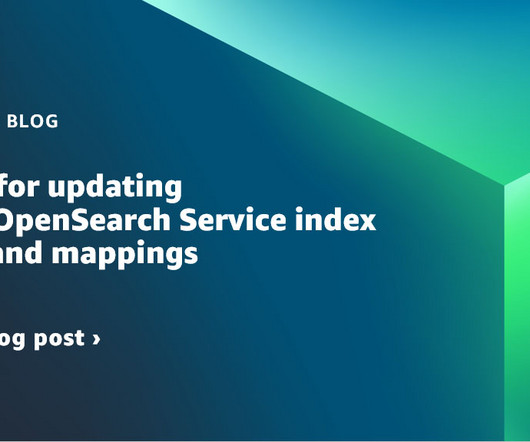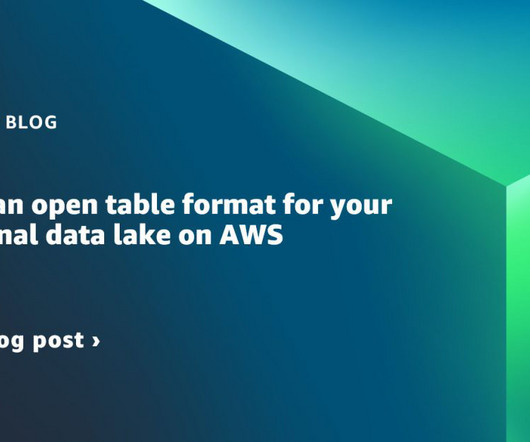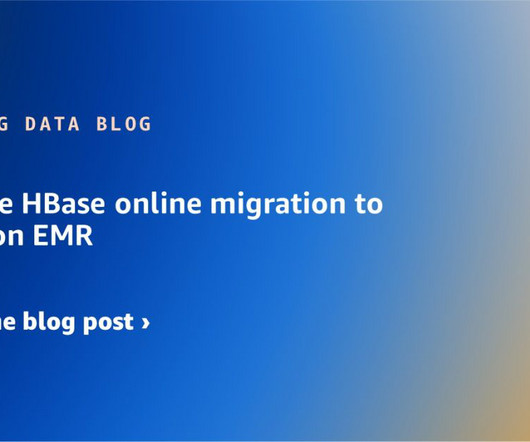Building end-to-end data lineage for one-time and complex queries using Amazon Athena, Amazon Redshift, Amazon Neptune and dbt
AWS Big Data
DECEMBER 12, 2024
One-time and complex queries are two common scenarios in enterprise data analytics. Complex queries, on the other hand, refer to large-scale data processing and in-depth analysis based on petabyte-level data warehouses in massive data scenarios.














Let's personalize your content